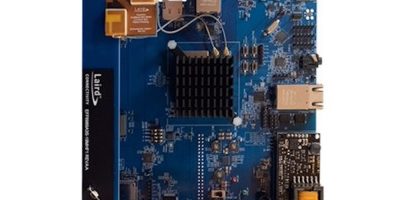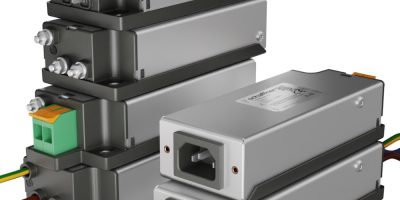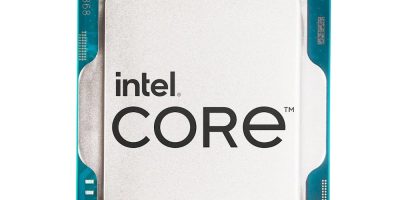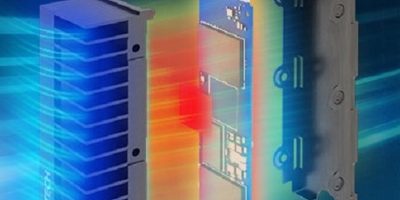To allow engineers to develop Laird Connectivity’s Summit system on module (SoM) 8M Plus, for IoT applications, Mouser Electronics now stocks the Summit SOM 8M Plus development kit.
The kit allows the development of advanced wireless IoT applications, including industrial IoT devices for harsh environments, IoT vision solutions, and healthcare devices.
At the heart of the Laird Connectivity Summit SOM 8M Plus Development Kit is the Summit SOM 8M Plus, which combines NXP’s i.MX 8M Plus applications processor with an NXP 88W8997 wireless SoC. The Summit SOM 8M Plus includes an integrated 2.3Toperations per second (TOPS) neural processing unit, advanced connectivity and enhanced security, providing the hardware acceleration necessary for machine learning applications. The quad-core processor can run multiple instances of Linux, including user interface and connectivity.
The Summit SOM 8M Plus development kit includes reference designs for display, camera, audio, LTE, GPS and USB 3.0 power. There are interfaces to support up to three displays and multiple options for audio, camera, video out and I/O. There is also dual-band 2×2 Wi-Fi 5 and Bluetooth 5.3 connectivity, for reliable connection, even in challenging environments, said Mouser. In addition to the security of the Summit SOM 8M Plus, the Summit Suite chain of trust offers root of trust hardware-based software validation and an upcoming FIPS (Federal Information Processing Standard) cryptographic module validation.
Mouser Electronics, a Berkshire Hathaway company, is an authorised semiconductor and electronic component distributor focused on new product introductions from its leading manufacturer partners. The distributor’s website, mouser.com, is available in multiple languages and currencies. Mouser offers 27 support locations worldwide to provide customer service in local language, currency and time zone. The distributor ships to over 650.000 customers in 223 countries/territories from its facilities in Texas, USA.
Laird Connectivity simplifies wireless connectivity with RF modules, internal antennas, IoT devices and custom wireless products.







